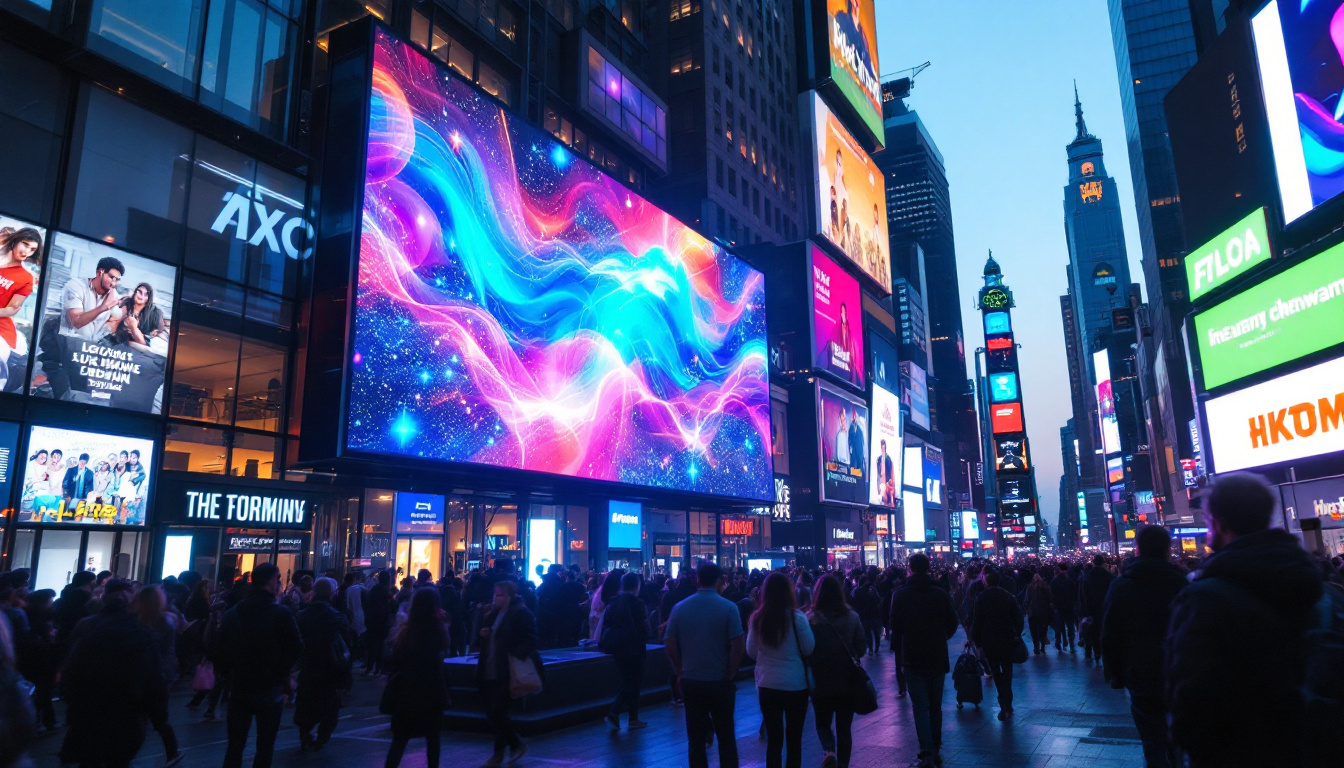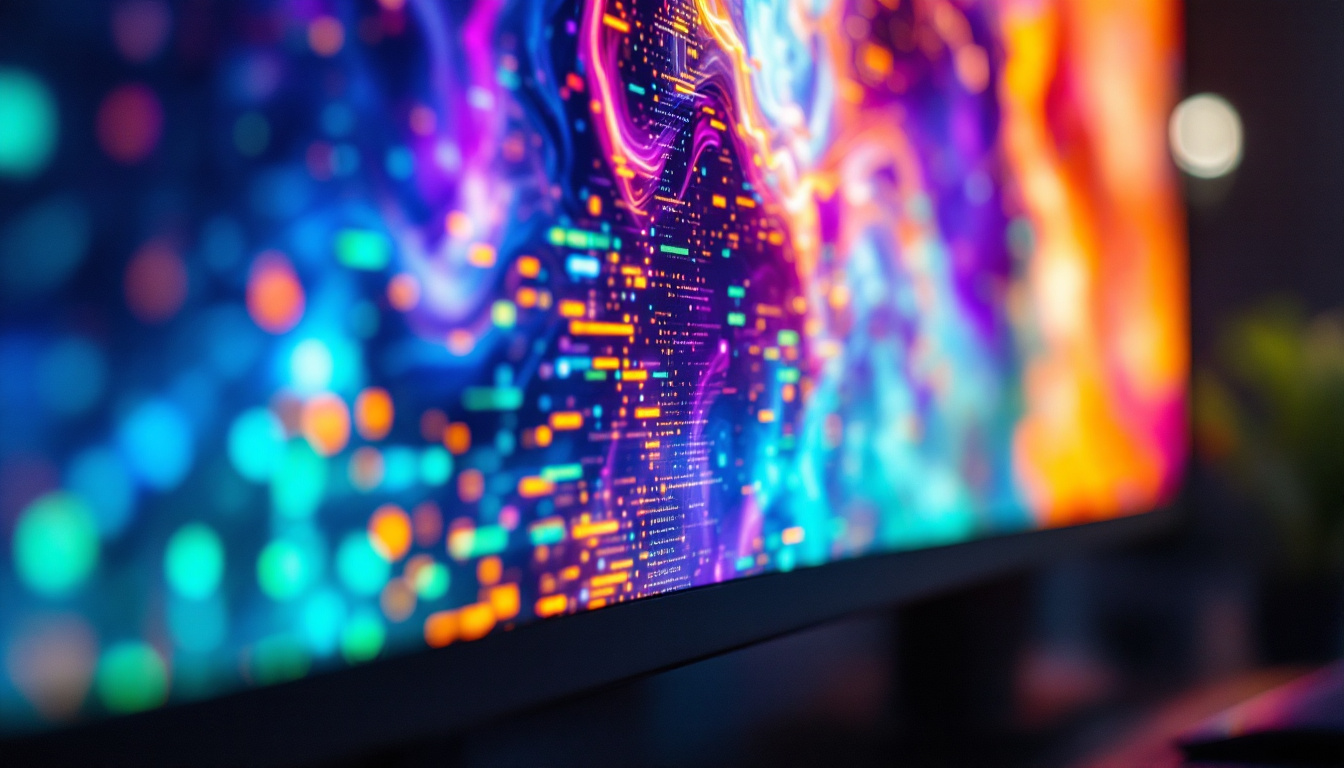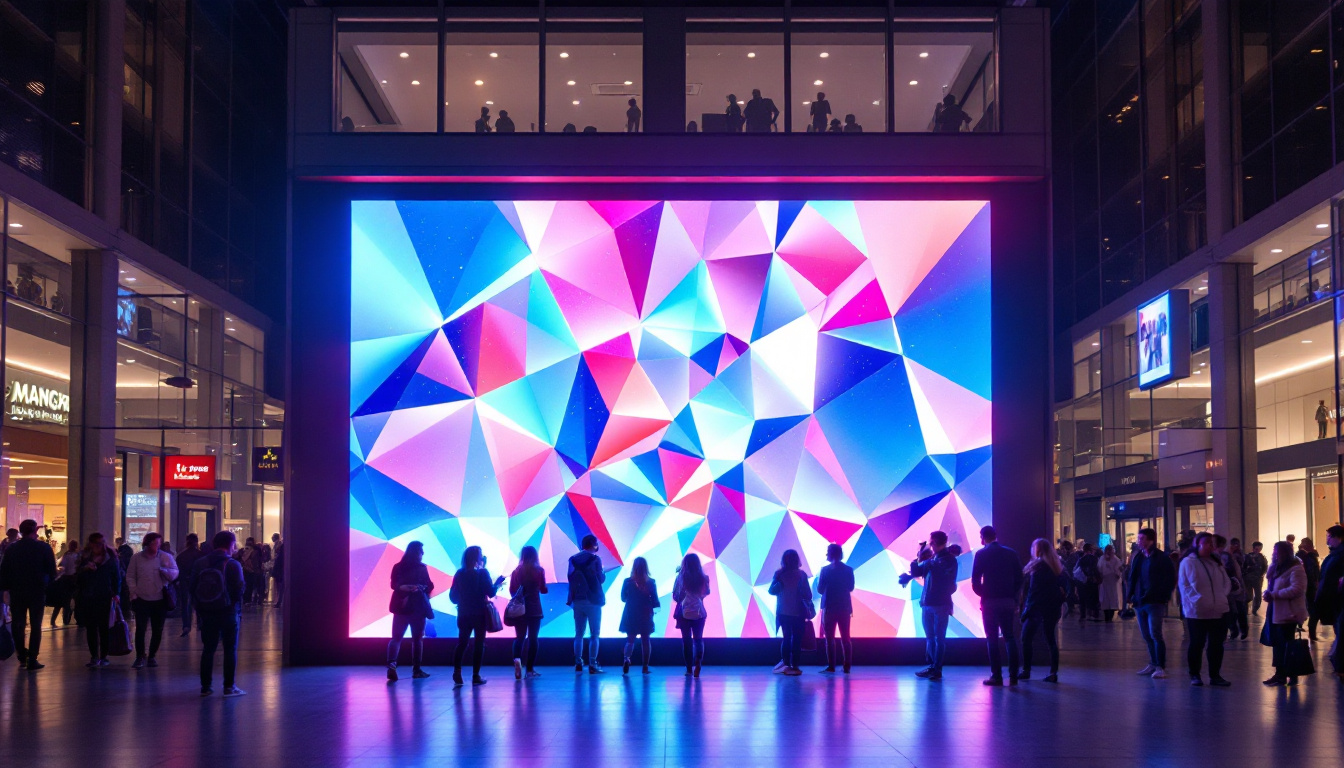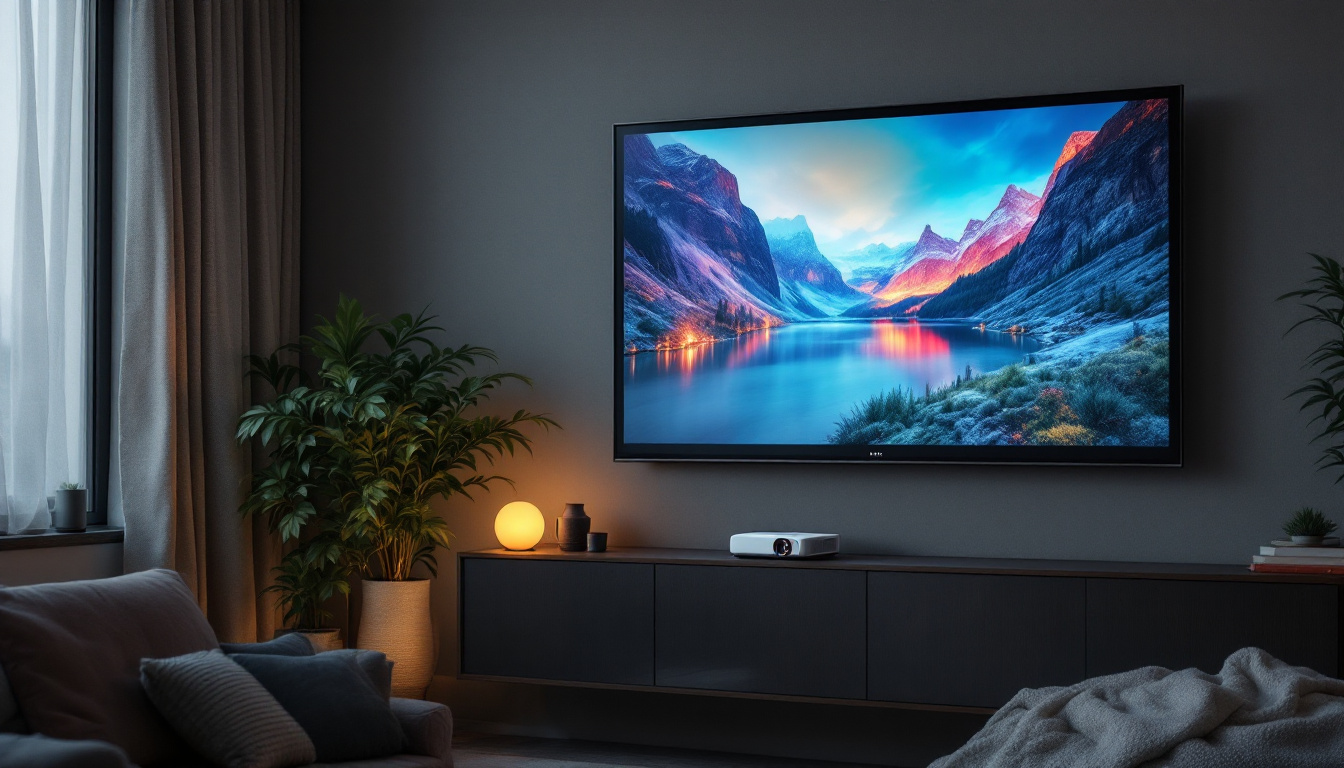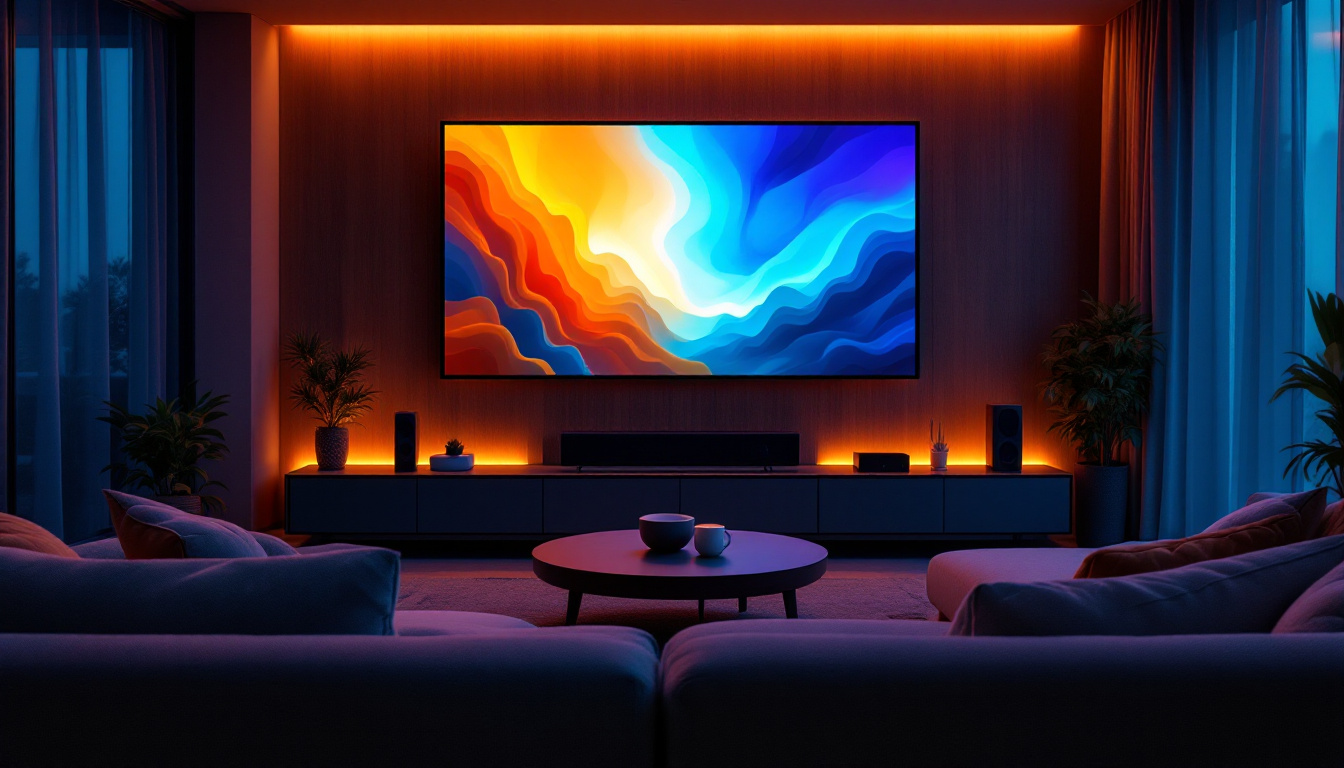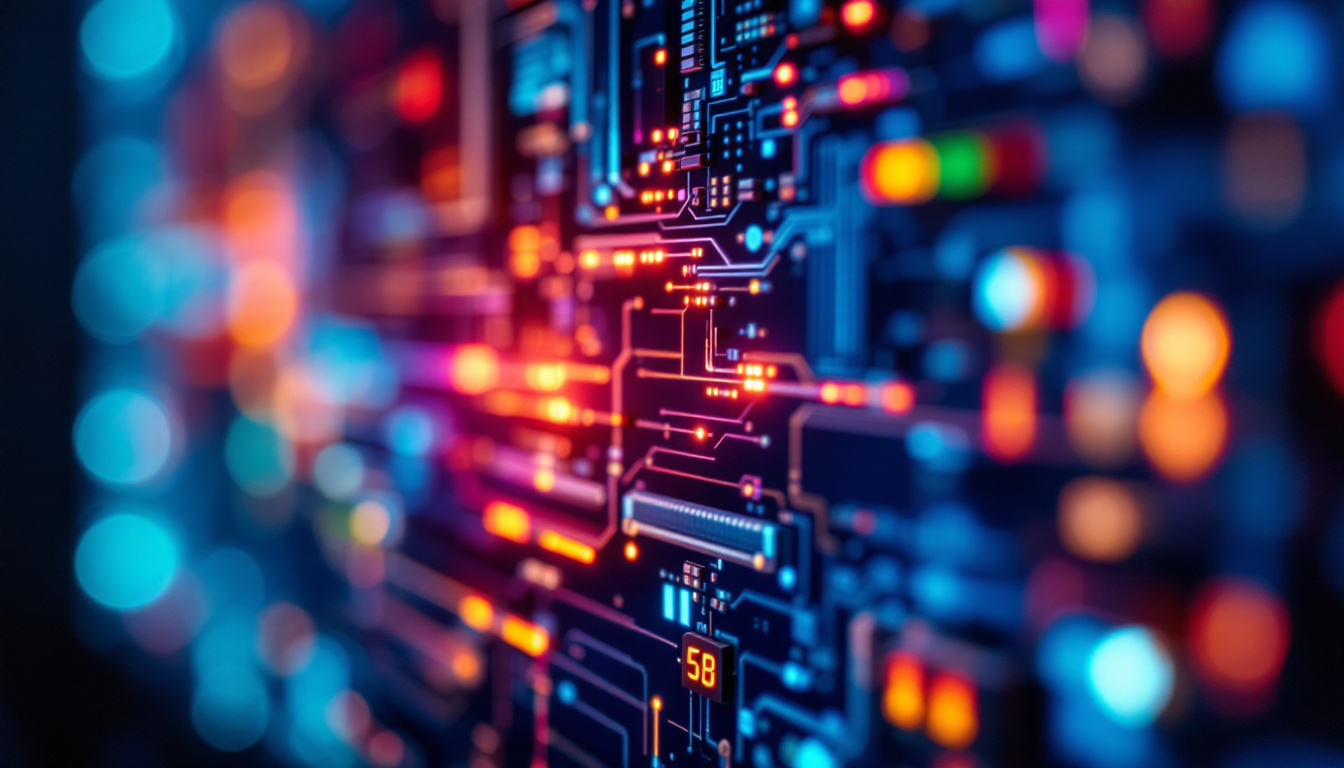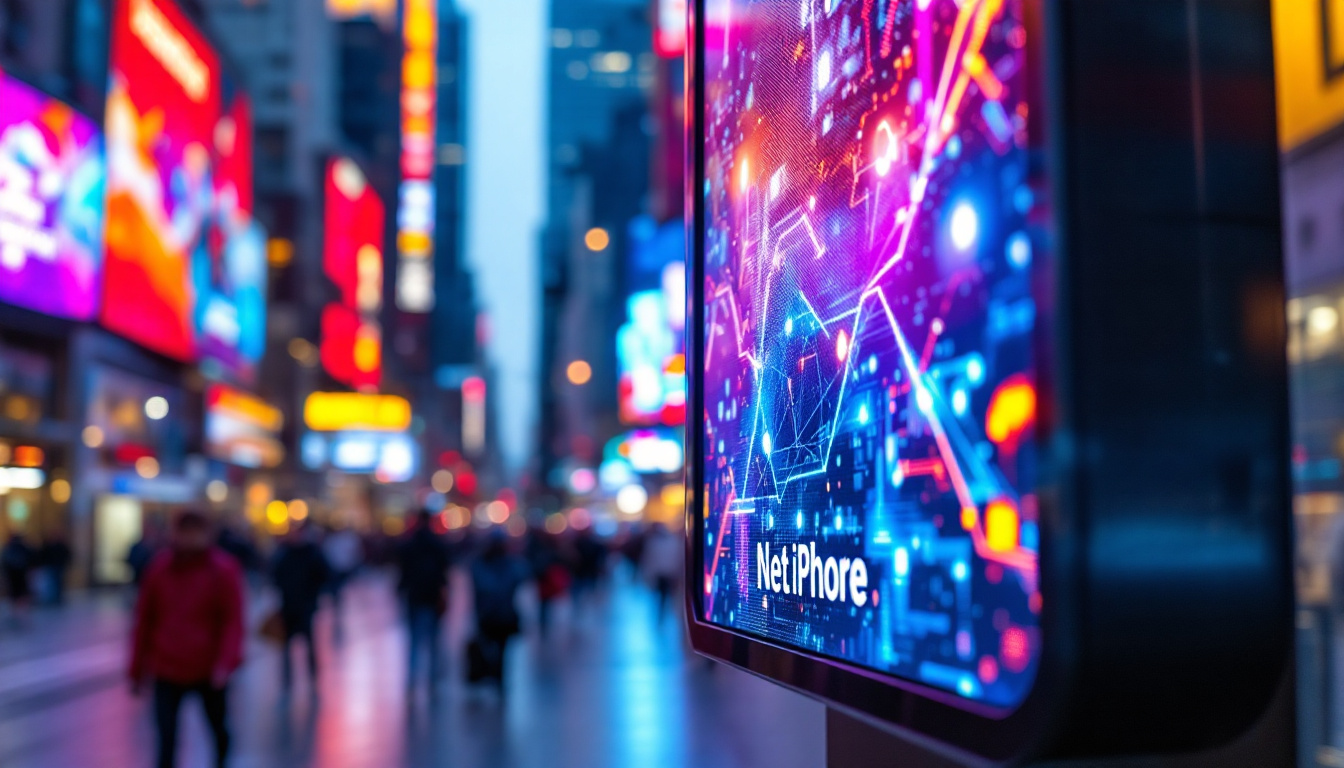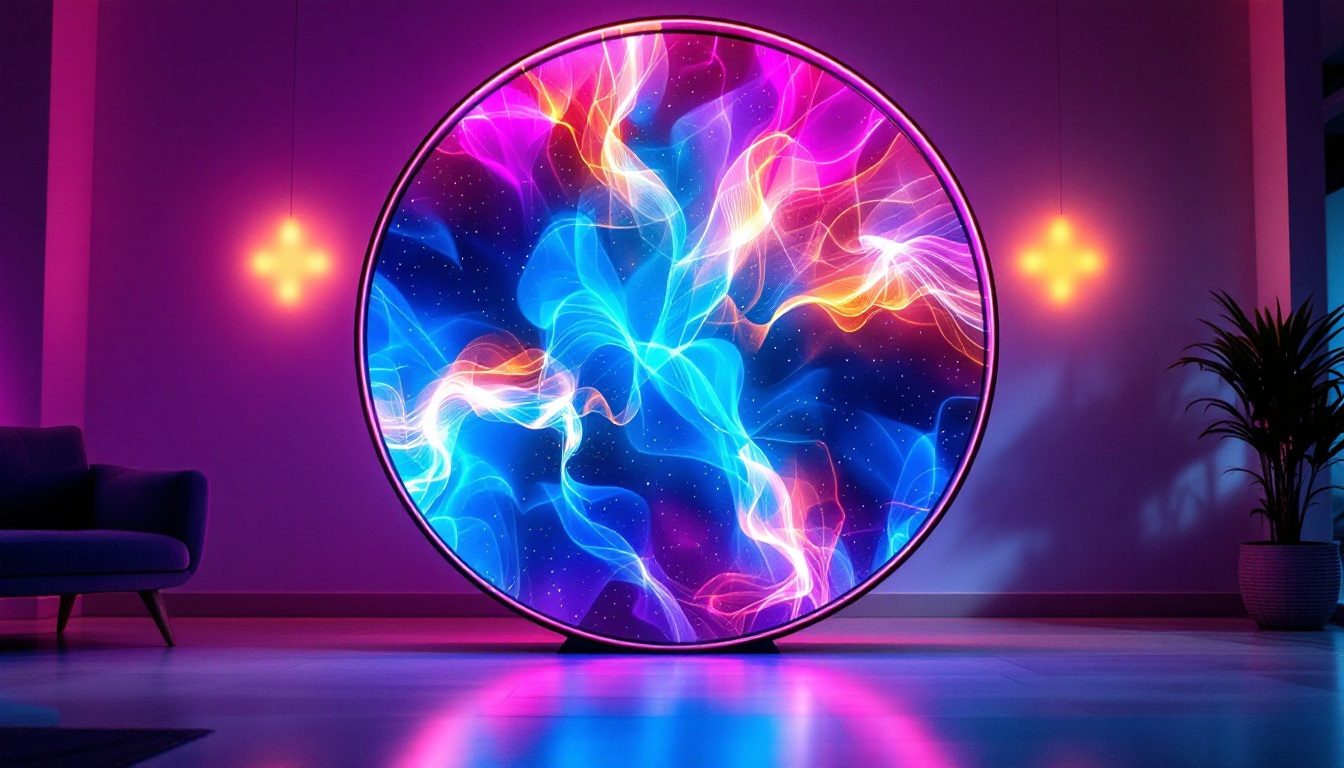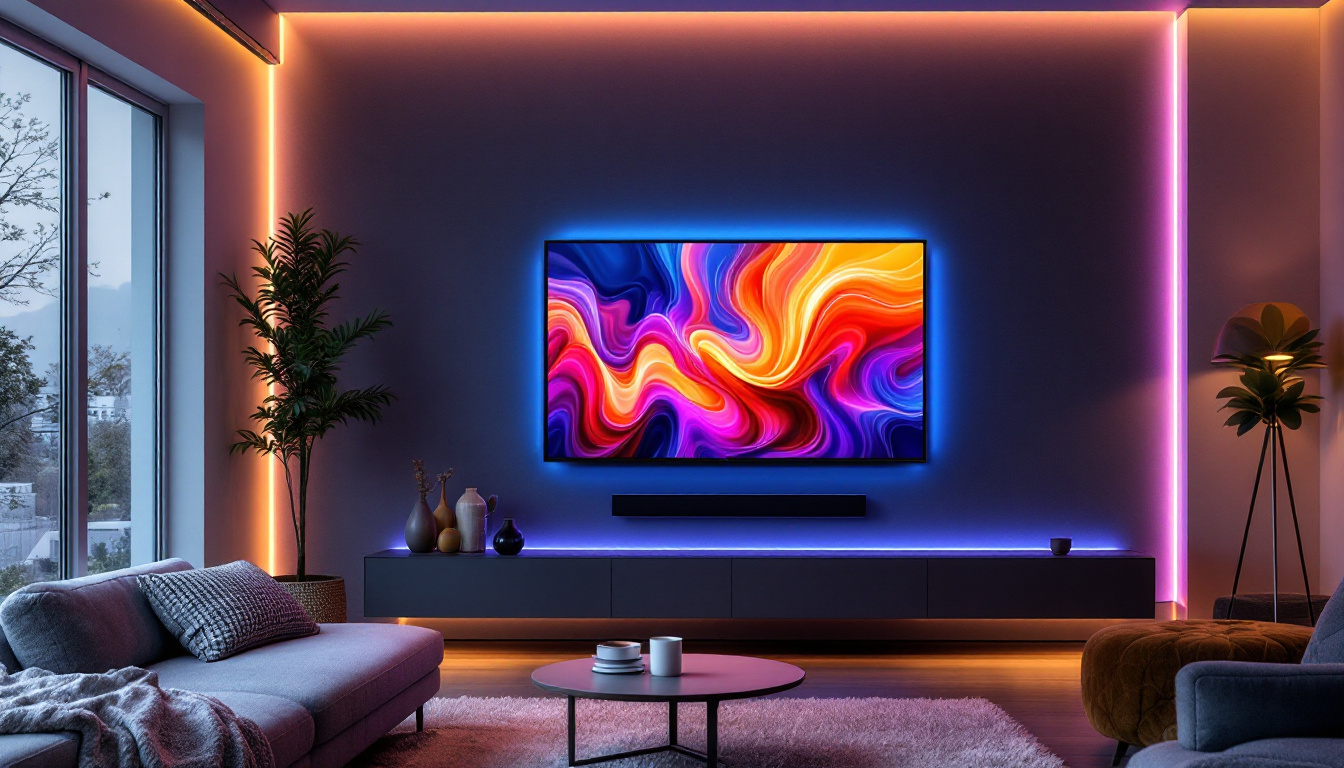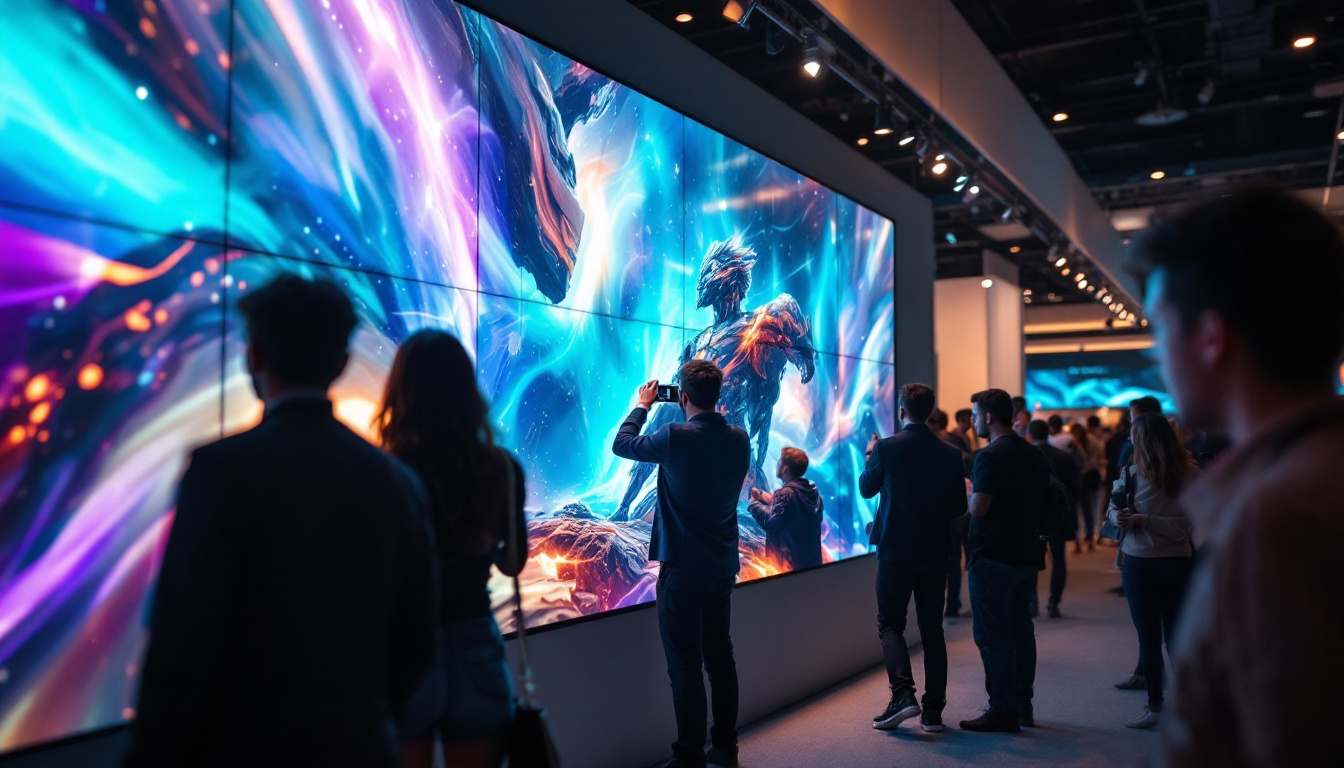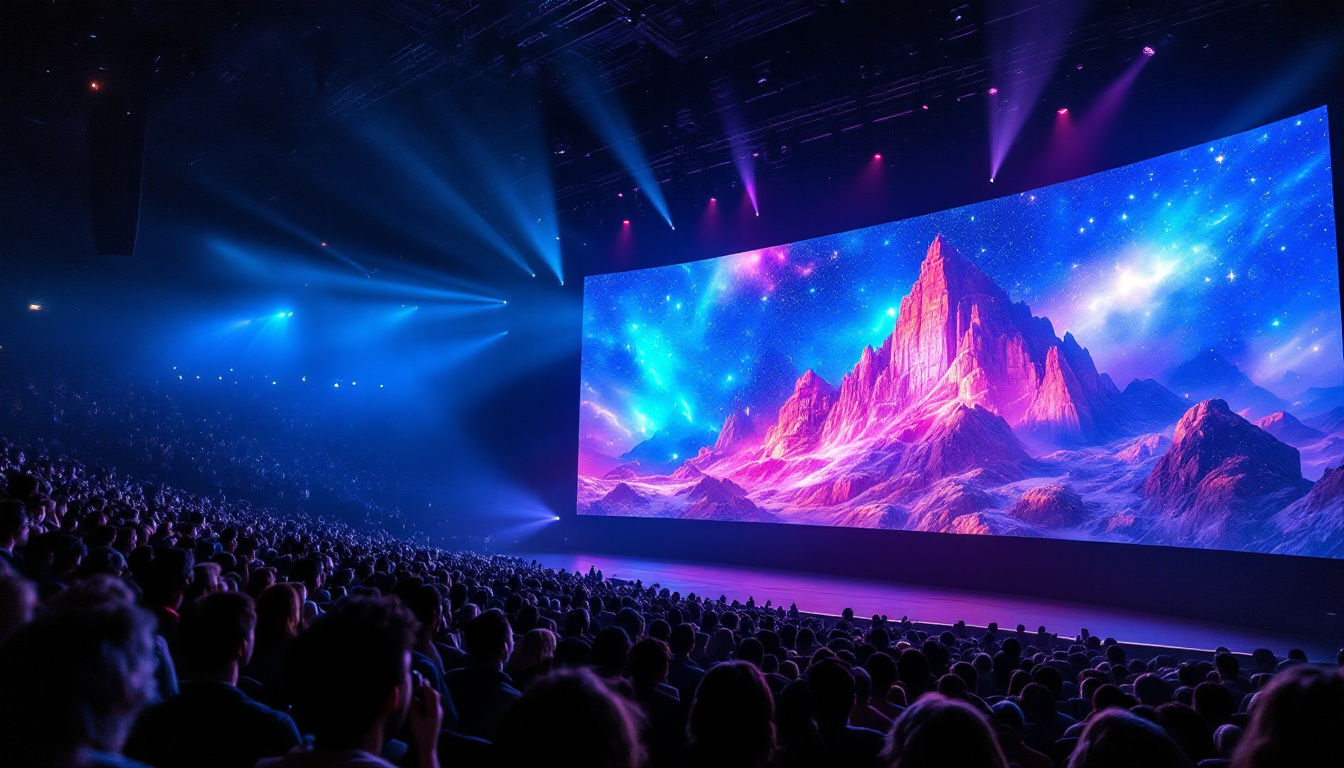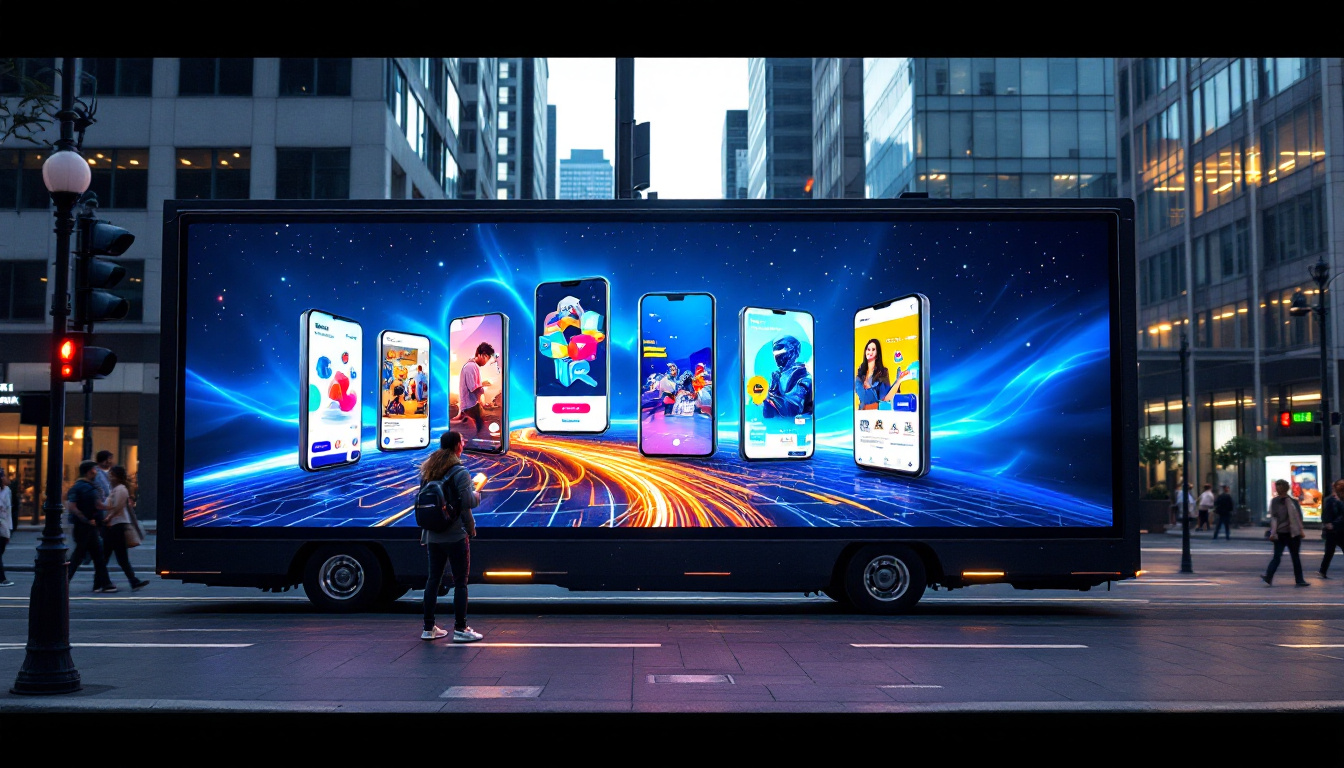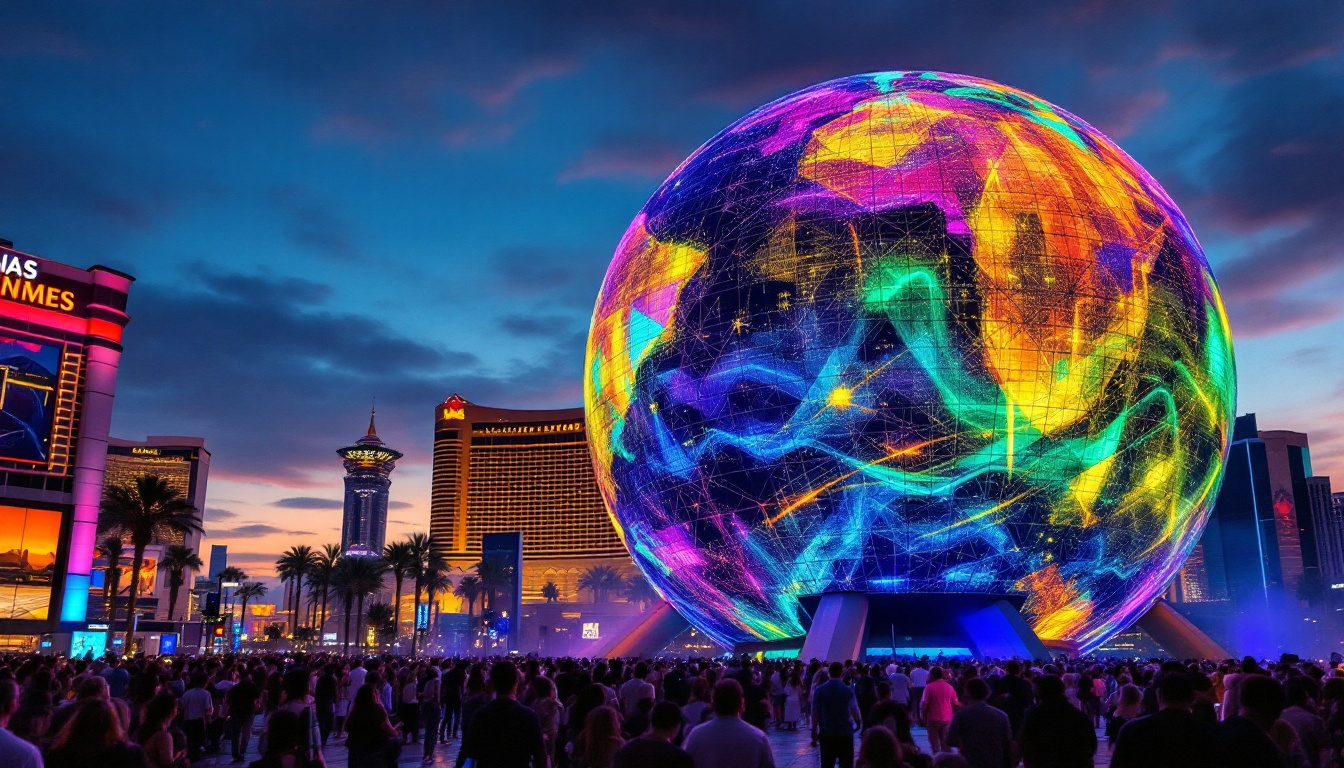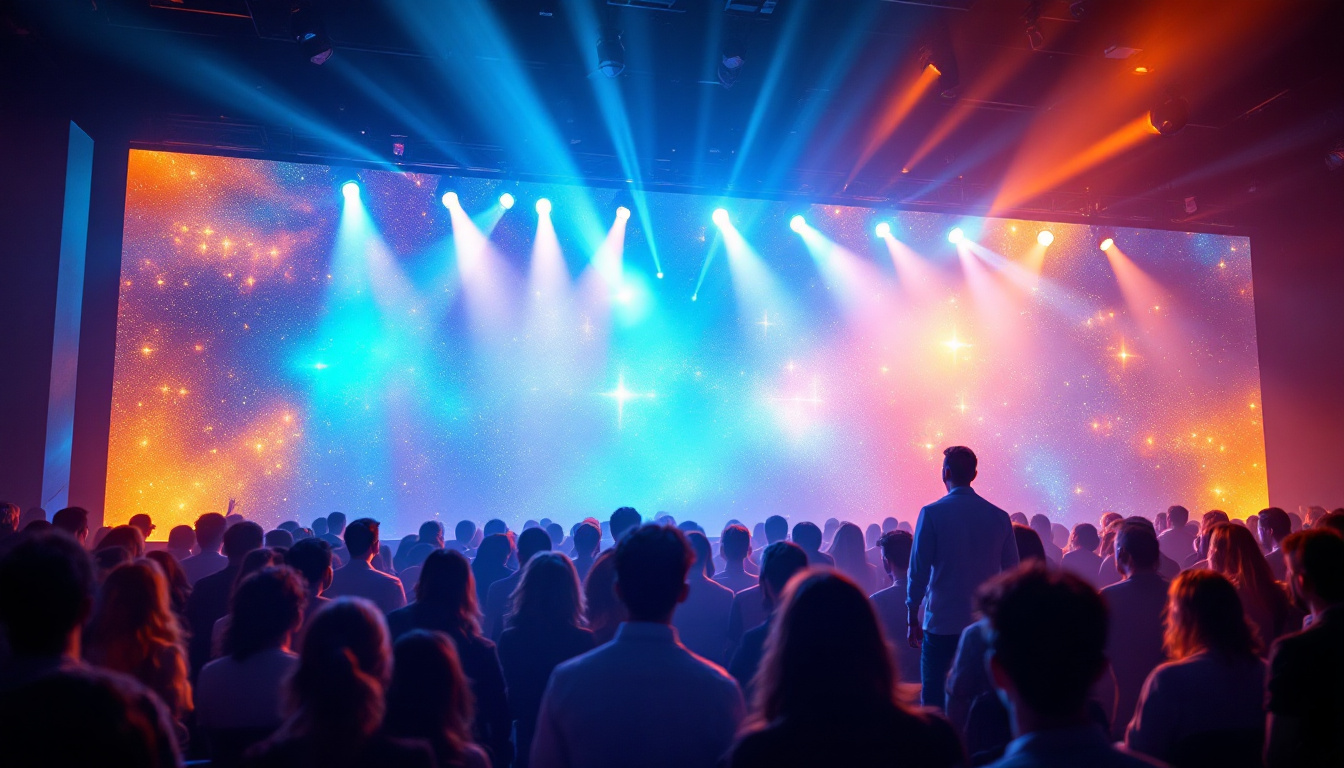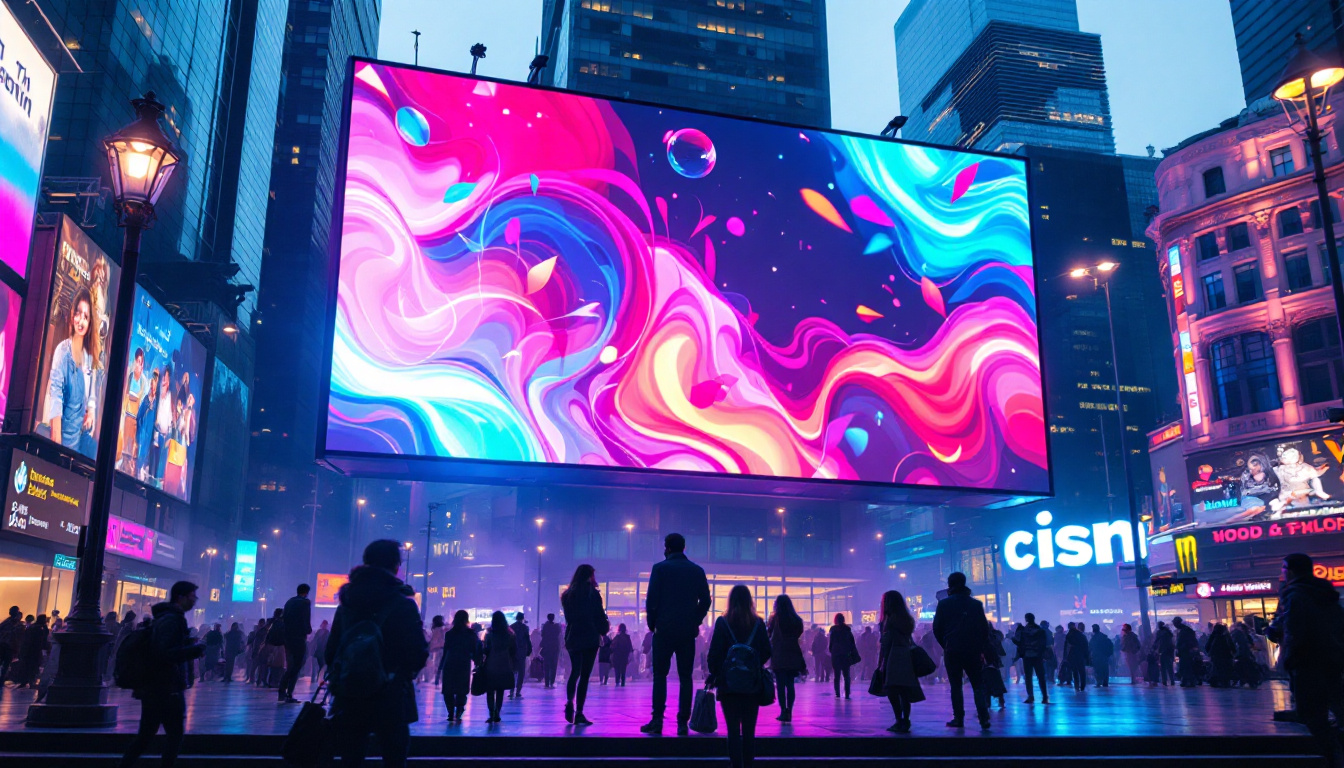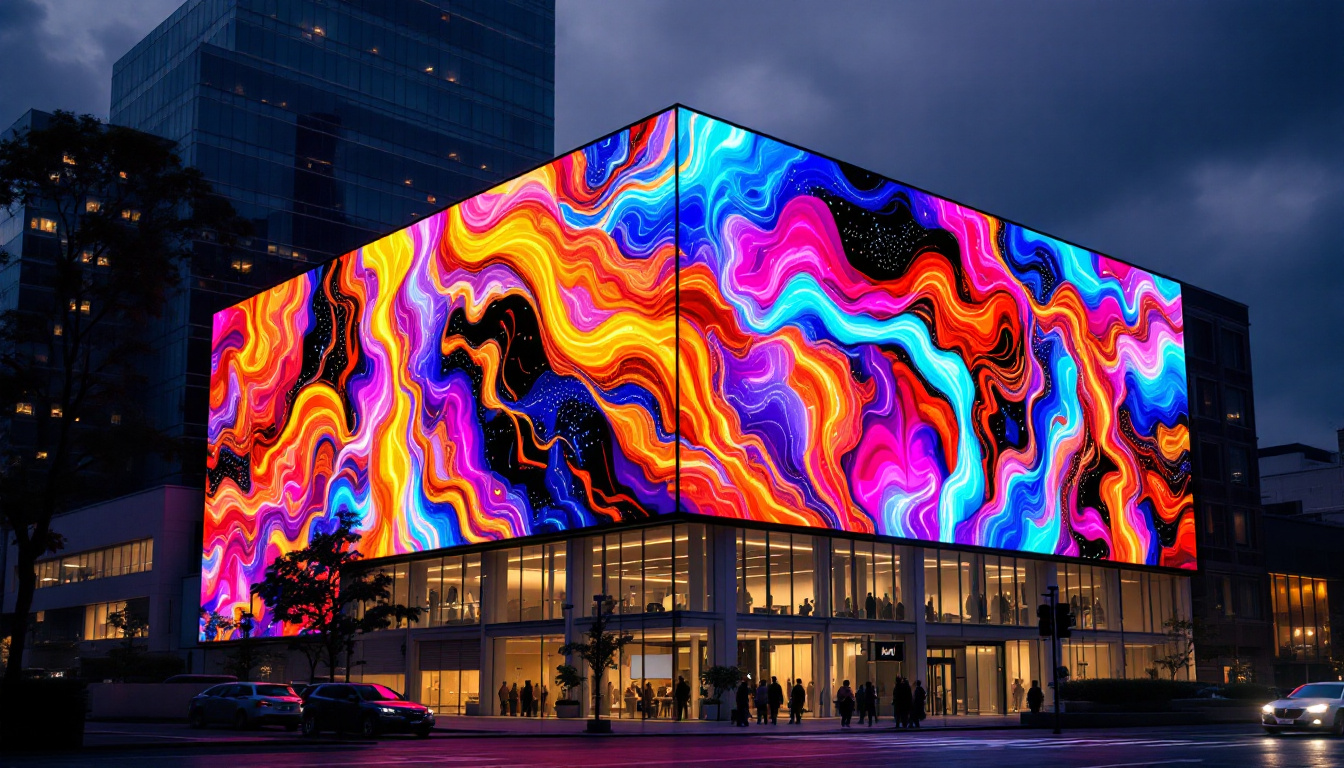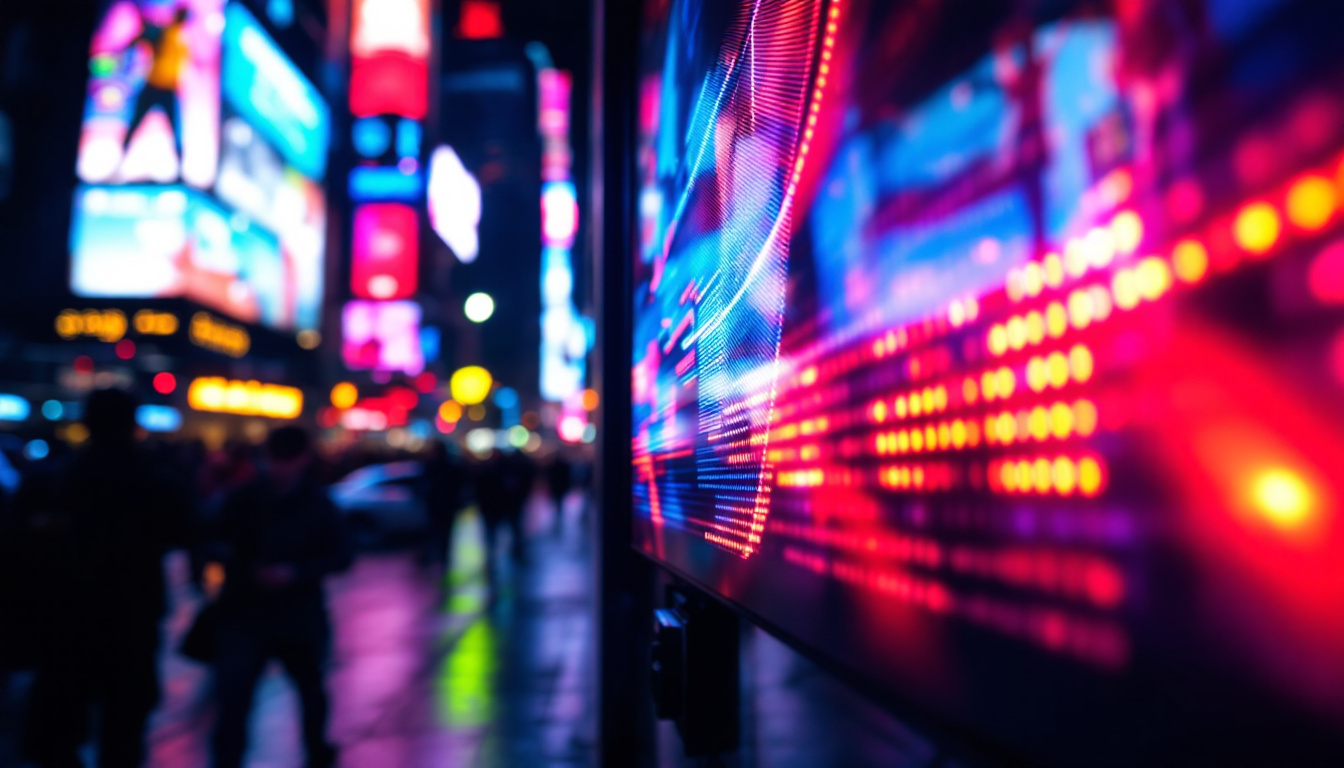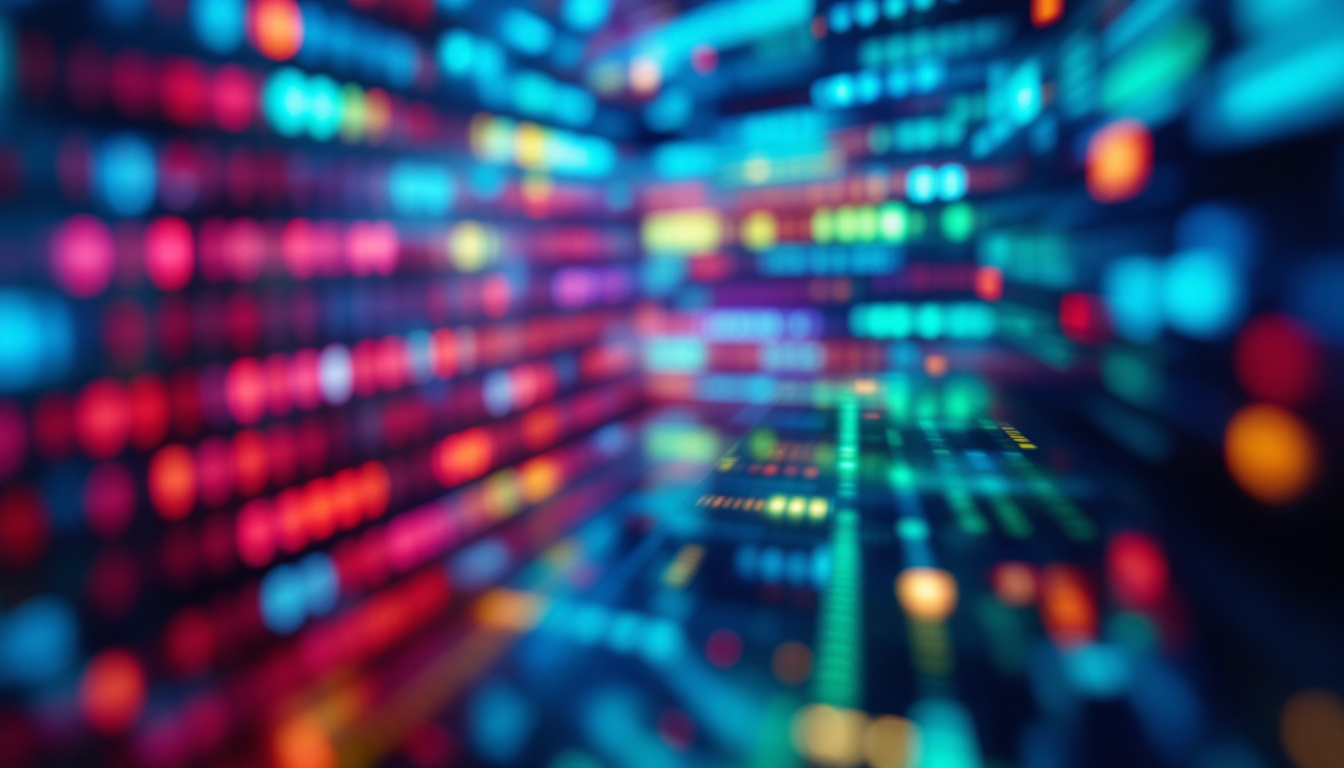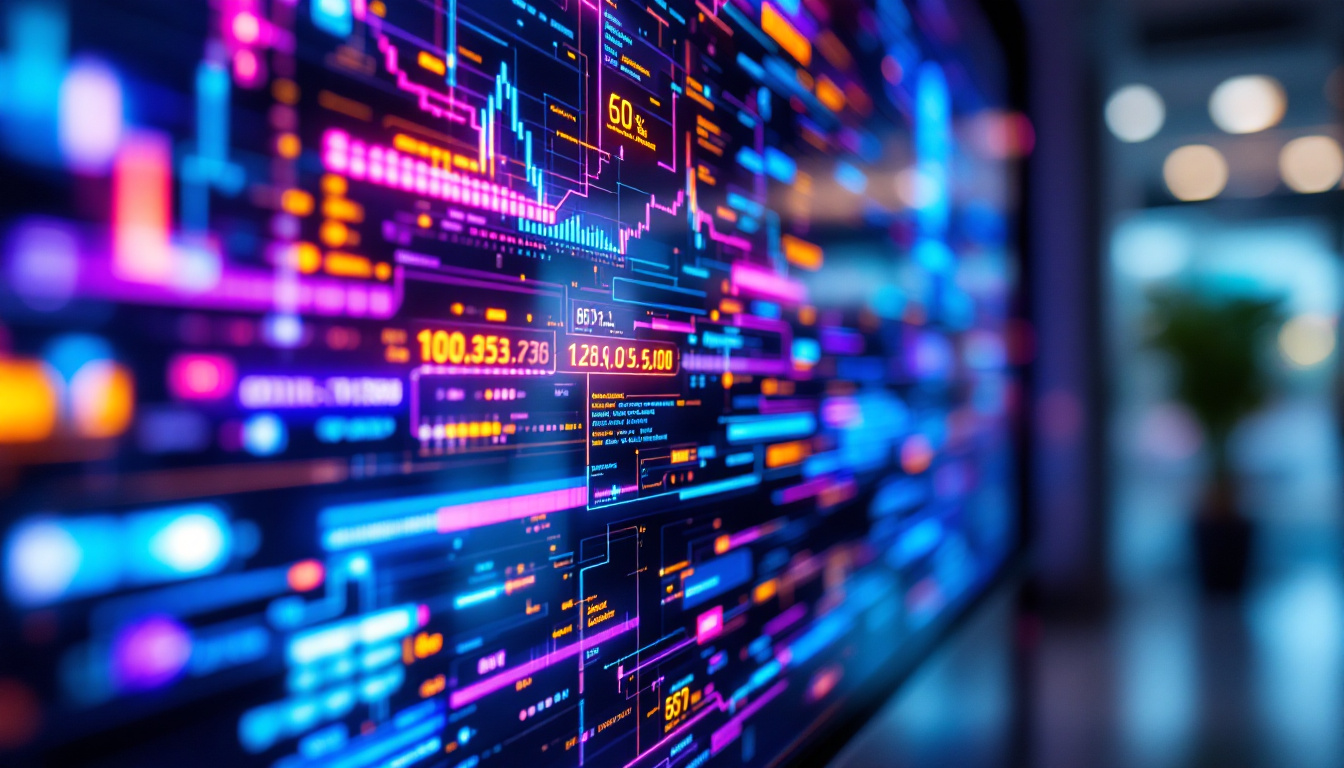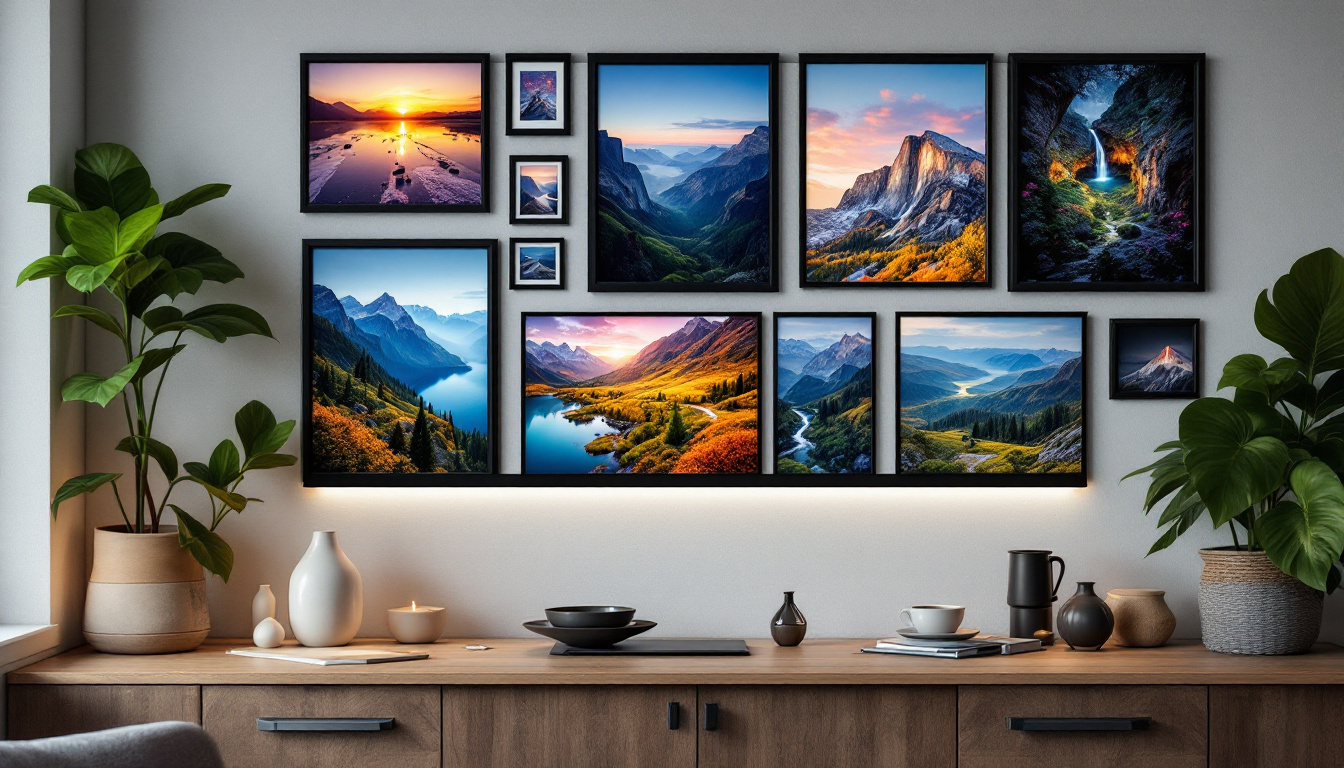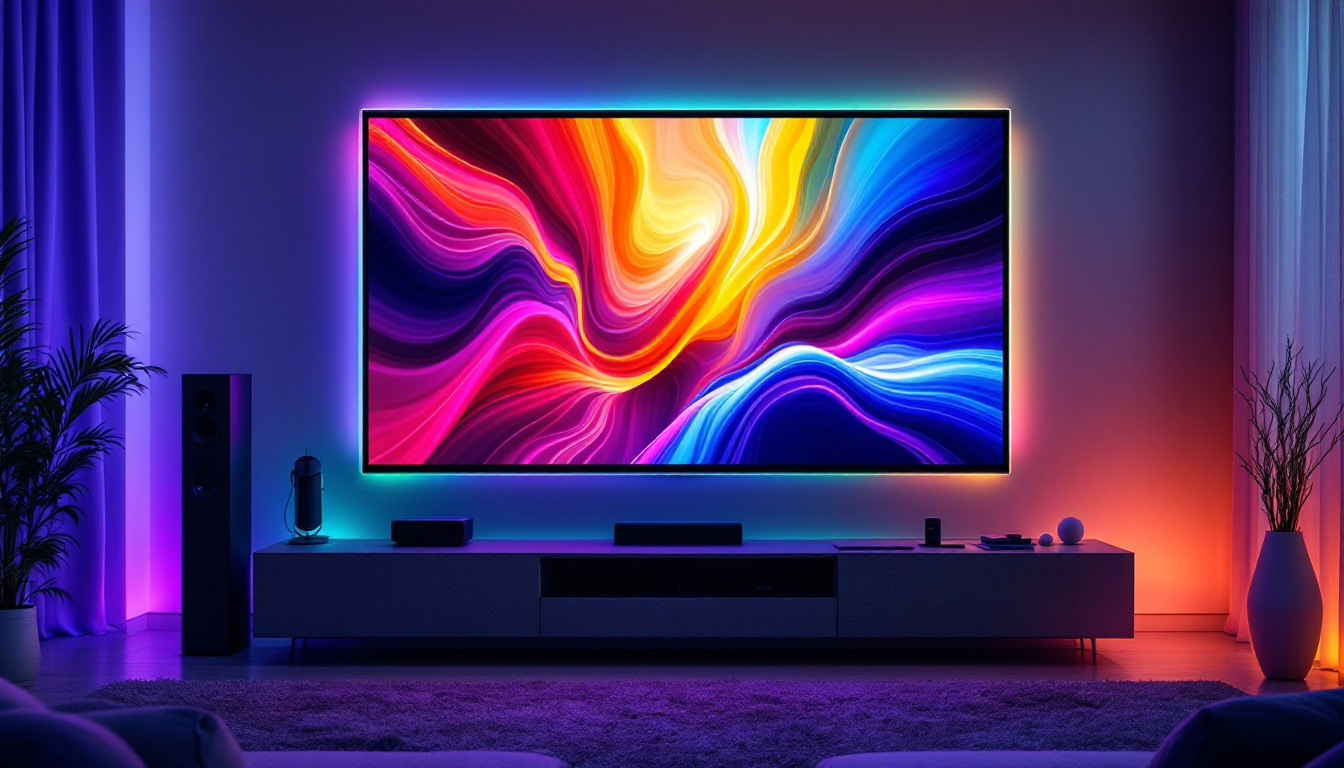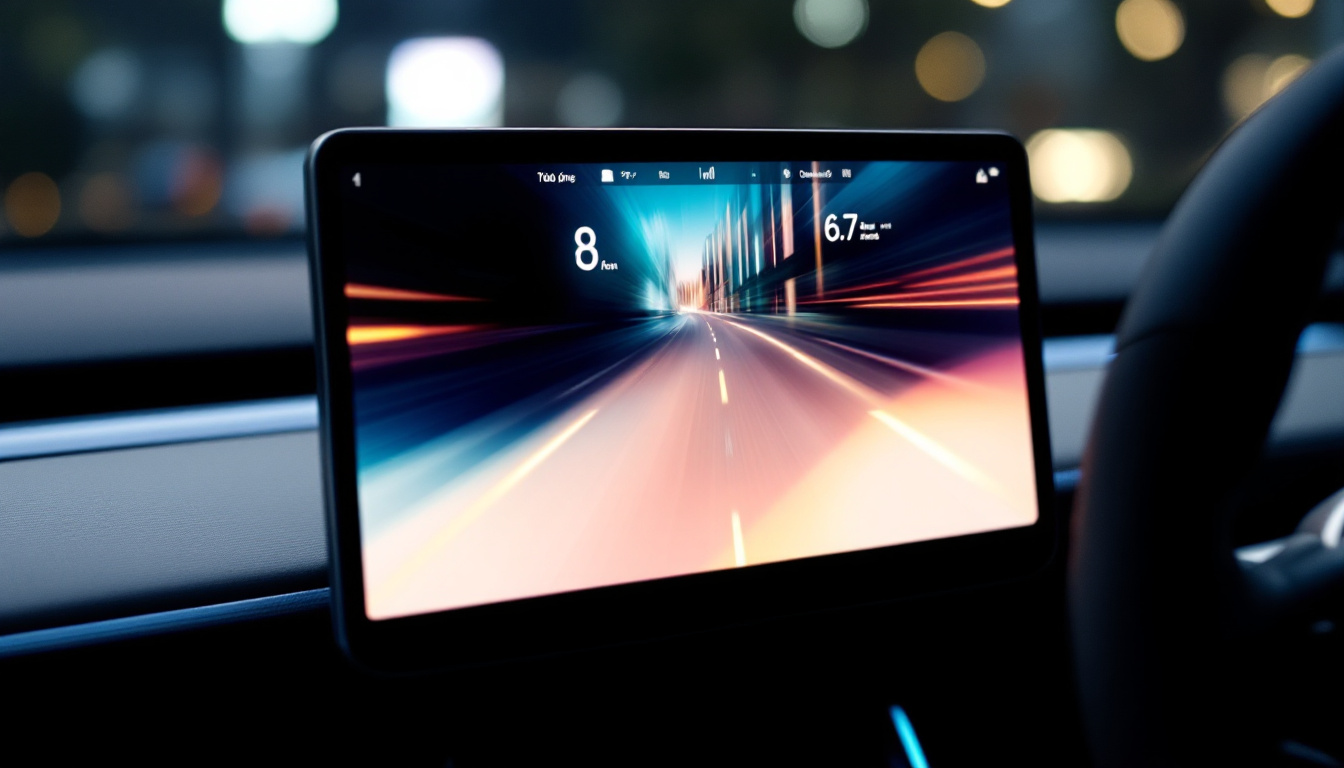In the rapidly evolving world of technology, LED displays have emerged as a cornerstone of modern visual communication. From outdoor billboards to indoor screens in retail environments, LED technology has transformed how information is conveyed. This article delves into the intricacies of LED displays, exploring their functionality, benefits, and applications.
Understanding LED Technology
Light Emitting Diodes (LEDs) are semiconductor devices that emit light when an electric current passes through them. Unlike traditional incandescent bulbs, LEDs are energy-efficient and have a longer lifespan, making them an ideal choice for display technologies. The fundamental principle behind LED displays lies in their ability to produce bright, vibrant colors and high contrast ratios, which are essential for clear visibility. This technology has revolutionized the way we experience visual media, from televisions to large-scale billboards, enhancing both aesthetic appeal and functionality.
How LED Displays Work
At the core of an LED display is the pixel, which consists of red, green, and blue (RGB) diodes. By adjusting the intensity of these three colors, a wide spectrum of colors can be achieved. Each pixel is controlled individually, allowing for precise image rendering. This capability is particularly advantageous in dynamic environments where images and videos need to be displayed in real-time. The precision with which these pixels can be manipulated enables not just static images but also intricate animations and videos that captivate audiences.
The arrangement of these pixels forms a matrix, which can vary in size and resolution. Higher resolution displays contain more pixels per square inch, resulting in sharper images. This is crucial for applications where detail is key, such as in advertising or digital signage. Furthermore, advancements in technology have led to the development of flexible LED displays, which can be curved or shaped to fit unconventional spaces, thereby expanding the creative possibilities for designers and advertisers alike.
The Advantages of LED Displays
LED displays offer numerous advantages over traditional display technologies. One of the most significant benefits is their energy efficiency. They consume less power, leading to reduced operational costs. Additionally, they have a longer lifespan, often exceeding 50,000 hours, which minimizes replacement and maintenance expenses. This longevity not only benefits businesses financially but also contributes to sustainability efforts by reducing electronic waste.
Moreover, LED displays are known for their brightness and visibility. They can be easily viewed in various lighting conditions, making them suitable for both indoor and outdoor applications. This versatility is a key factor in their widespread adoption across different industries. In outdoor settings, for example, LED displays can reach brightness levels of up to 10,000 nits, ensuring that content remains visible even under direct sunlight. This capability has made them a popular choice for sporting events, concerts, and public announcements, where clear communication is paramount. Additionally, the ability to integrate smart technology with LED displays allows for features such as real-time updates and interactive content, further enhancing user engagement and experience.
Applications of LED Displays
LED displays are utilized in a myriad of settings, showcasing their versatility and effectiveness. From advertising to entertainment, their applications are vast and varied.
Advertising and Marketing
One of the most prominent uses of LED displays is in advertising. Digital billboards and signage have become commonplace in urban environments, capturing the attention of passersby with dynamic content. Advertisers can change their messages in real-time, allowing for targeted marketing strategies that can adapt to different audiences and times of day.
Furthermore, LED displays can be integrated with social media feeds and live data, enhancing engagement and interaction with consumers. This real-time adaptability is a game-changer in the marketing landscape, providing brands with the tools to remain relevant and impactful. For instance, during major events or holidays, companies can tailor their advertisements to reflect current trends or promotions, ensuring that their messages resonate with the audience at that moment.
Entertainment and Events
In the entertainment industry, LED displays play a pivotal role in enhancing the audience experience. Concerts, festivals, and sporting events often feature large LED screens that display live footage, graphics, and animations. These screens not only provide visual stimulation but also help in conveying information, such as scores or event schedules, to the audience.
Moreover, the flexibility of LED technology allows for creative installations, such as LED walls and interactive displays, which can transform any venue into an immersive environment. This capability is particularly appealing for event organizers looking to create memorable experiences. For example, at music festivals, LED displays can be synchronized with the performance, creating a cohesive visual narrative that captivates the audience and elevates the overall atmosphere.
Corporate and Educational Settings
LED displays are also increasingly being adopted in corporate and educational settings. In offices, they are used for presentations, video conferencing, and information sharing. Their ability to display high-quality visuals ensures that important information is communicated effectively.
In educational institutions, LED displays serve as powerful teaching tools. They can be used to present multimedia content, engage students in interactive learning, and facilitate collaboration among peers. The clarity and vibrancy of LED technology enhance the learning experience, making complex concepts more accessible. Additionally, many schools are leveraging LED displays for announcements and event promotions, ensuring that students and staff are well-informed and engaged with school activities. This integration of technology not only modernizes the educational environment but also prepares students for a tech-savvy future, where digital literacy is increasingly essential.
Types of LED Displays
LED displays come in various types, each designed for specific applications and environments. Understanding these types is essential for selecting the right display for a given purpose.
Direct View LED Displays
Direct view LED displays consist of individual LEDs that form the entire screen. These displays are known for their exceptional brightness and color accuracy, making them ideal for outdoor advertising and large venues. They can be viewed from a distance without losing image quality, making them a popular choice for billboards and stadiums.
LED-backlit LCD Displays
Unlike direct view LED displays, LED-backlit LCD displays use LEDs to illuminate a liquid crystal display (LCD) panel. This type of display is commonly found in televisions and computer monitors. While they may not offer the same level of brightness as direct view displays, they provide excellent color reproduction and are more cost-effective for smaller screen sizes.
Fine Pitch LED Displays
Fine pitch LED displays feature a high pixel density, allowing for closer viewing distances without pixelation. These displays are often used in control rooms, broadcast studios, and high-end retail environments. Their ability to deliver stunning visuals makes them a favorite for applications where detail is paramount.
Challenges and Considerations
While LED displays offer numerous benefits, there are also challenges and considerations that need to be addressed. Understanding these factors is crucial for making informed decisions when investing in LED technology.
Cost Implications
The initial investment for LED displays can be significant, especially for large-scale installations. While the long-term savings on energy and maintenance can offset these costs, organizations must carefully evaluate their budgets and determine the return on investment (ROI) before proceeding.
Additionally, the rapid pace of technological advancements means that newer, more efficient models are constantly being developed. This can lead to concerns about obsolescence, as organizations may hesitate to invest in technology that could quickly become outdated.
Environmental Impact
As with any technology, the environmental impact of LED displays is a consideration. While they are more energy-efficient than traditional displays, the production and disposal of electronic components can contribute to electronic waste. Organizations should seek to partner with manufacturers that prioritize sustainable practices and recycling initiatives.
The Future of LED Displays
The future of LED displays looks promising, with ongoing innovations and advancements in technology. As industries continue to explore new applications, the capabilities of LED displays are expected to expand.
Advancements in Technology
Emerging technologies, such as microLED and miniLED, are set to revolutionize the display landscape. These technologies offer even greater brightness, color accuracy, and energy efficiency. As they become more mainstream, they will likely replace traditional LED displays in various applications.
Furthermore, the integration of artificial intelligence (AI) and machine learning in display technology will enable more personalized and interactive experiences. This could lead to displays that adapt to viewer preferences and behaviors, enhancing engagement and effectiveness.
Integration with Smart Technologies
As the Internet of Things (IoT) continues to grow, LED displays will increasingly be integrated with smart technologies. This integration will allow for seamless communication between displays and other devices, enabling real-time data sharing and enhanced functionality.
For instance, smart LED displays could automatically adjust their brightness based on ambient light conditions or display relevant information based on the audience’s demographics. Such capabilities will further enhance the versatility and utility of LED displays in various settings.
Conclusion
LED displays have fundamentally changed the way information is communicated across various industries. Their energy efficiency, versatility, and ability to deliver high-quality visuals make them an indispensable tool in today’s digital landscape. As technology continues to evolve, the potential applications and capabilities of LED displays are set to expand, paving the way for even more innovative solutions.
Whether in advertising, entertainment, corporate settings, or education, LED displays are poised to play a crucial role in shaping the future of visual communication. By understanding their functionality, benefits, and challenges, organizations can make informed decisions that leverage the power of LED technology to enhance their operations and engagement strategies.
Discover LumenMatrix’s Innovative LED Solutions
Ready to elevate your visual communication strategy with cutting-edge LED technology? LumenMatrix is at the forefront of LED display innovation, offering a diverse range of solutions tailored to meet your needs. From captivating Indoor and Outdoor LED Wall Displays to dynamic Vehicle and Sports LED Displays, our products are designed to enhance brand visibility and engage your audience. Experience the future of digital signage with our All-in-One LED Displays, LED Transparent Displays, and more. Check out LumenMatrix LED Display Solutions today and transform your space into a mesmerizing visual experience.

